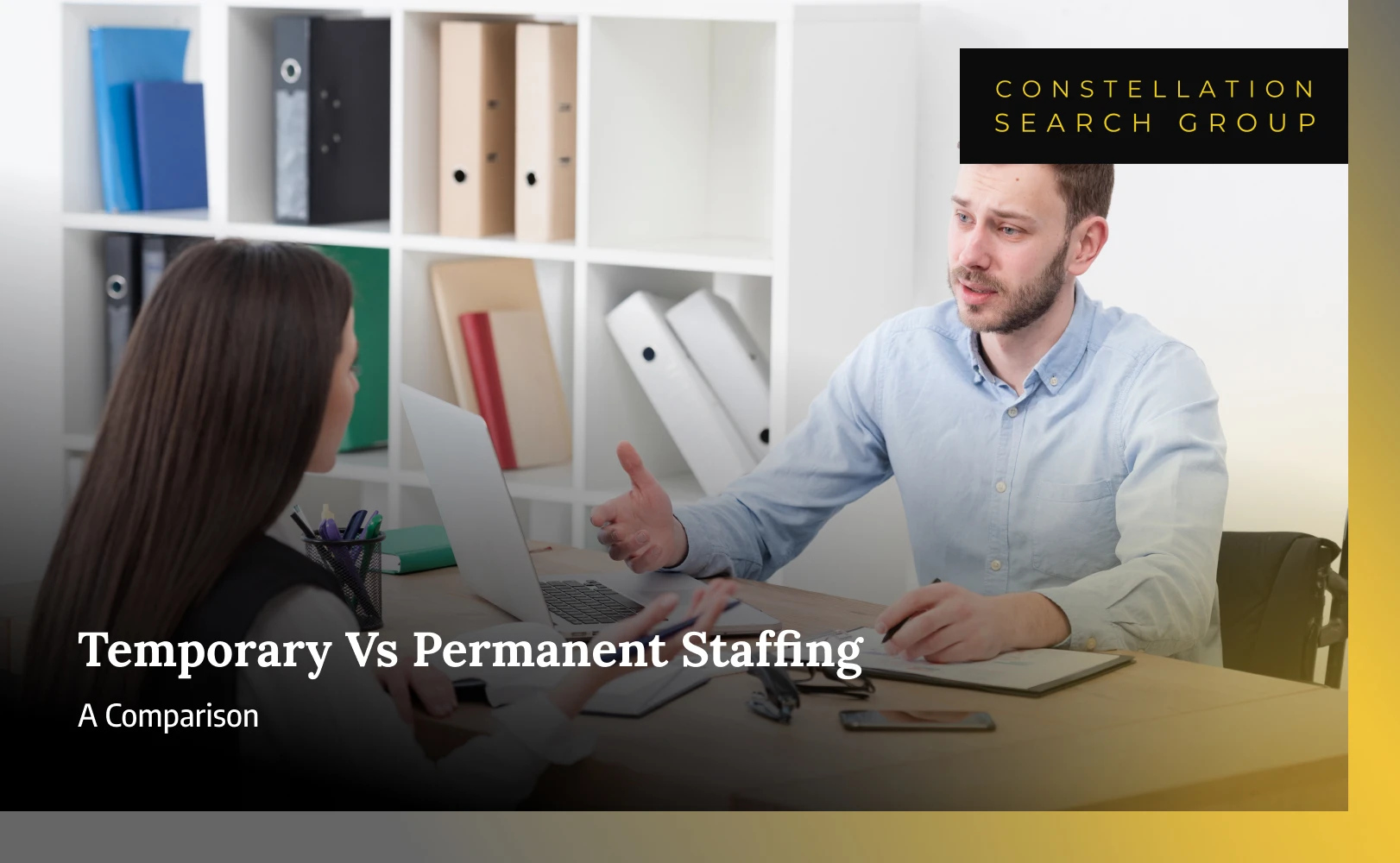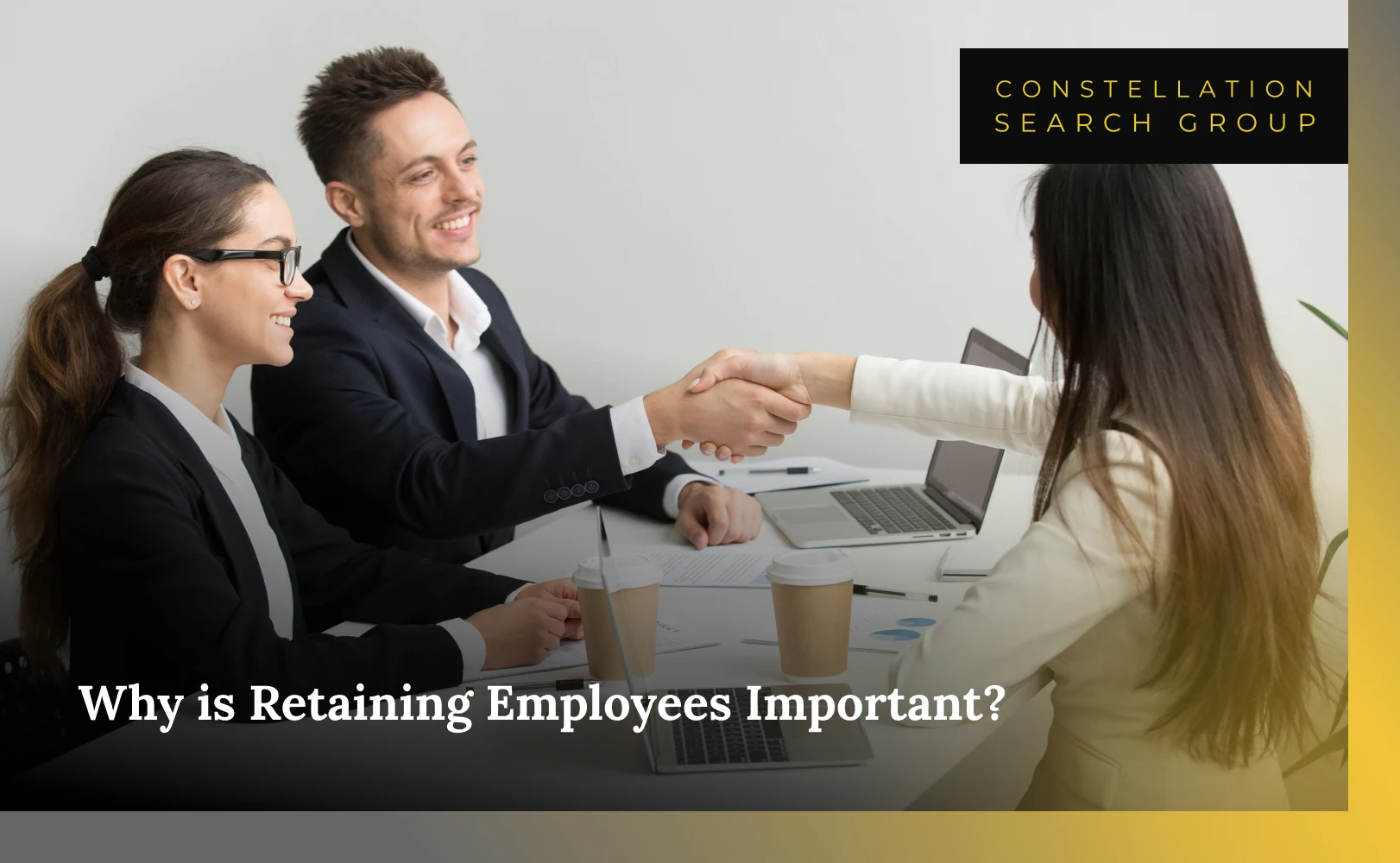Companies are continuously balancing one crucial dilemma in the fast-paced business world of today: Should we hire temporary or permanent staff? This choice has the power to influence expenses, productivity, and even corporate culture. But how can you pick the best course of action when there is so much on the line? Knowing the benefits and drawbacks of each staffing model is essential, whether you’re developing a long-term workforce, filling a skills gap, or ramping up for a busy season. We’ll examine the distinctions, advantages, and difficulties of temporary versus permanent staffing in this blog, along with practical examples and startling statistics to assist you in making the right decision for your company. Let’s begin!
Defining Temporary Staffing
Common Scenarios for Temporary Staffing
- Seasonal Demand: Retailers often hire temporary staff during peak seasons, such as the holiday period, to manage increased customer traffic. For example, the retail industry added over 700,000 temporary workers during the 2022 holiday season.
- Special Projects: Companies may bring in temporary experts to assist with specific projects that require specialized skills not available in-house. For instance, IT firms frequently hire temporary developers or cybersecurity experts for short-term assignments.
- Employee Absences: Temporary staff can fill in for permanent employees on leave, ensuring continuity in operations. This is particularly common in the healthcare and education sectors.
Benefits of Temporary Staffing
Flexibility: Allows businesses to scale their workforce up or down based on immediate needs. A 2023 report by Staffing Industry Analysts (SIA) found that 72% of companies use temporary staffing to manage workload fluctuations.
Cost-Effectiveness: Reduces expenses related to benefits, payroll taxes, and long-term financial commitments. Temporary staffing can save companies up to 30% in labor costs compared to permanent hires.
Quick Turnaround: Staffing agencies maintain a pool of pre-screened candidates ready to start work immediately, minimizing downtime.
Challenges of Temporary Staffing
Training and Integration: Temporary workers may require training and time to integrate into the company’s processes, which can impact productivity initially.
Lack of Continuity: High turnover and frequent changes in personnel can lead to a lack of continuity and consistency in work.
Defining Permanent Staffing
Permanent staffing involves hiring employees for long-term, ongoing roles within an organization. These employees are integral to the company’s operations and are typically offered benefits such as health insurance, retirement plans, and paid time off.
According to the U.S. Bureau of Labor Statistics (BLS), over 150 million people in the U.S. are employed in permanent roles, making it the dominant staffing model.
Lack of Continuity: High turnover and frequent changes in personnel can lead to a lack of continuity and consistency in work.
Benefits of Permanent Staffing
Stability and Continuity: Permanent staff provide stability and continuity, contributing to a cohesive work environment and consistent performance over time.
Employee Loyalty: Permanent employees are invested in the company’s success and aligned with its long-term goals, leading to higher levels of commitment and loyalty. A Gallup study found that companies with highly engaged permanent employees experience 21% higher productivity.
Skill Development: Companies can invest in the training and development of permanent staff, enhancing their skills and capabilities, which benefits the organization in the long run.
Challenges of Permanent Staffing
Higher Costs: Hiring permanent employees involves higher costs due to salaries, benefits, and other long-term financial commitments. On average, benefits account for 30% of total compensation costs for permanent employees.
Less Flexibility: Permanent staffing provides less flexibility to adjust the workforce size based on fluctuating business needs. This can be a disadvantage during economic downturns or off-peak seasons.
Key Differences Between Temporary and Permanent Staffing
Temporary staffing involves fixed, short-term assignments where employees are typically paid higher hourly rates but receive limited benefits. These roles offer less job security since contracts are short-term and often do not include extensive training. In contrast, permanent staffing provides indefinite, long-term employment with salaries that come with full benefits packages. Employees in permanent positions enjoy greater job security and stability, as companies invest in their development through training and career growth opportunities.
Real-World Examples and Case Studies
Retail Industry: Amazon’s Seasonal Hiring: Amazon hires over 250,000 temporary workers annually to manage the holiday rush. This strategy allows the company to handle increased demand without long-term commitments.
Hospitality Sector: Hotels Utilizing Temporary Staff: During peak tourism seasons, hotels like Marriott and Hilton hire temporary staff for roles such as housekeeping and event management. This ensures service quality remains high even during busy periods.
Can temporary positions transition into permanent roles?
Yes, many companies offer permanent positions to temporary employees who demonstrate exceptional performance and fit. A 2022 survey by SIA found that 35% of temporary workers are offered permanent roles.
How do benefits differ between temporary and permanent employees?
Permanent employees typically receive comprehensive benefits, while temporary employees may have limited or no access to such benefits.
Both temporary and permanent staffing models offer unique advantages and challenges. By understanding these differences, organizations can make informed decisions that align with their operational needs and strategic objectives. Whether opting for the flexibility of temporary staffing or the stability of permanent hires, the key is to assess your company’s specific requirements and choose the model that best supports your goals.




